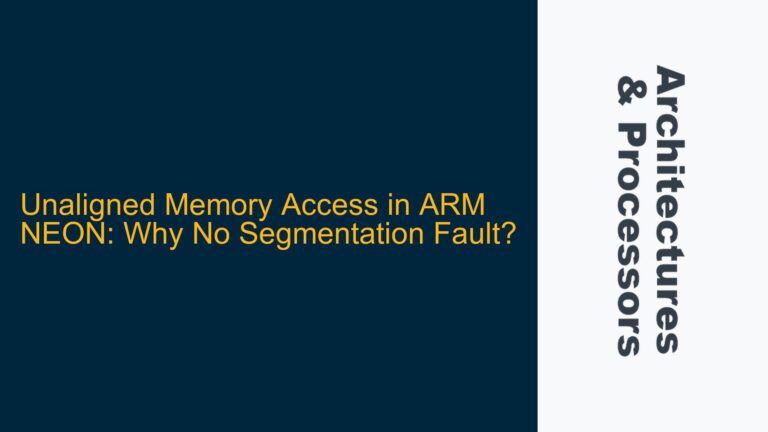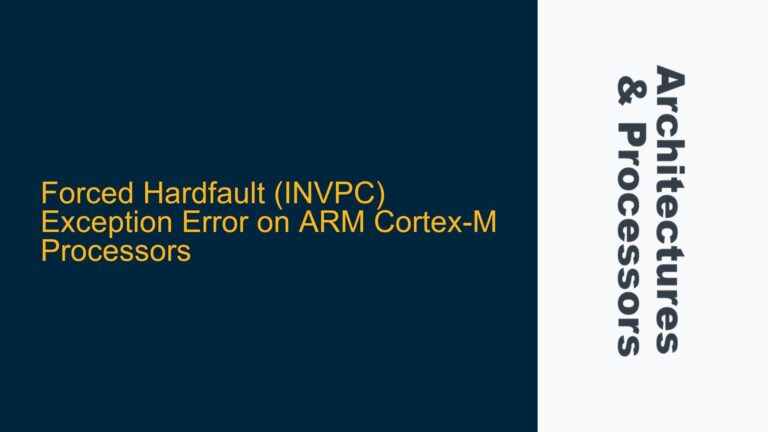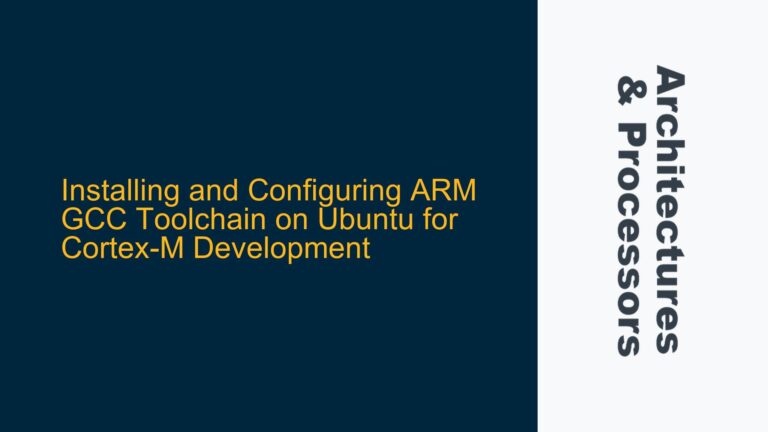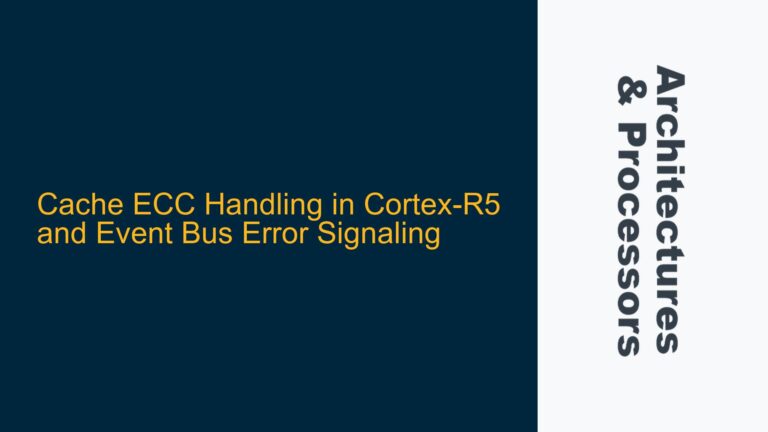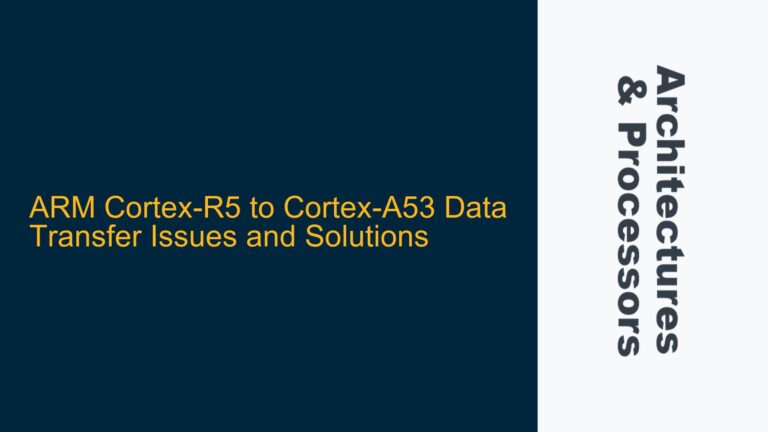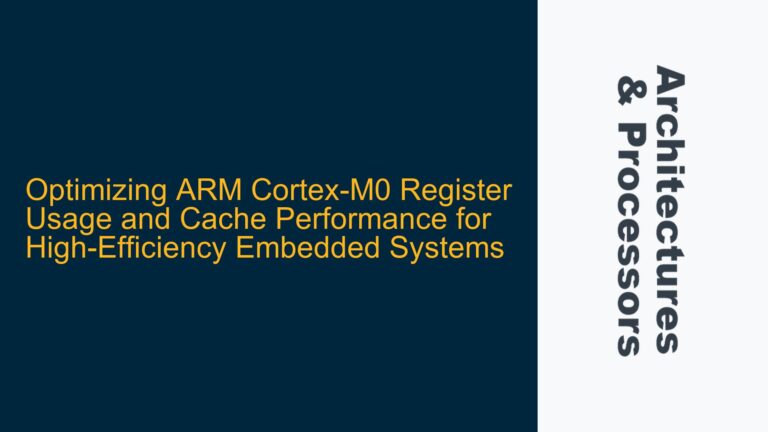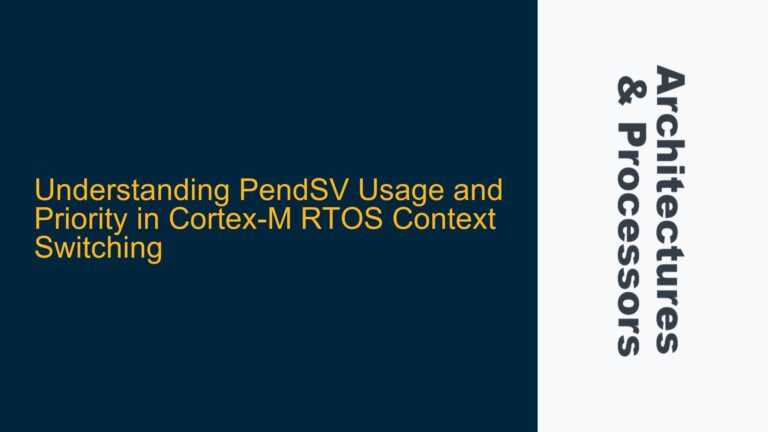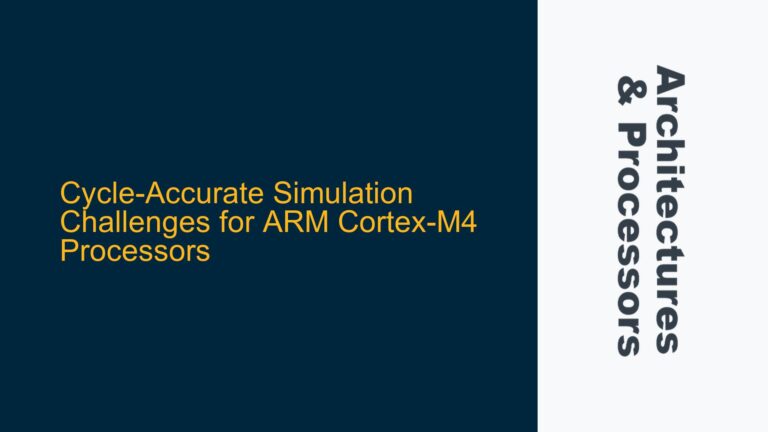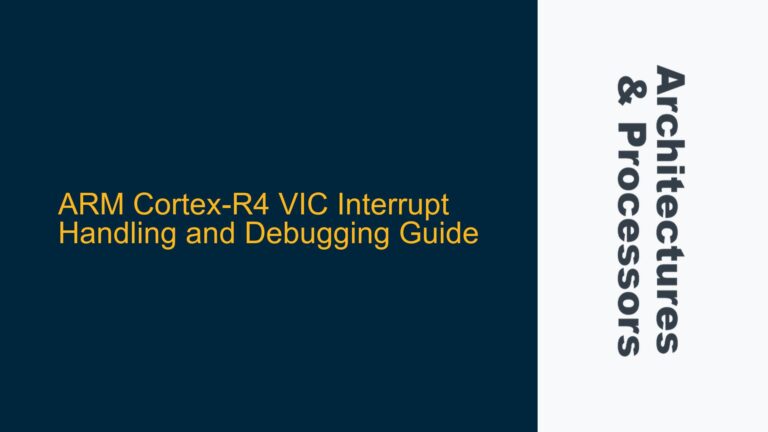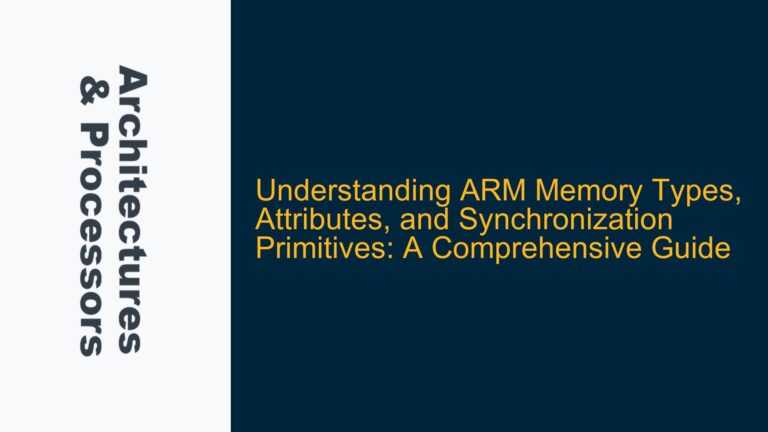Unaligned Memory Access in ARM NEON: Why No Segmentation Fault?
ARM NEON Load/Store Instructions and Unaligned Memory Access Behavior The core issue revolves around the behavior of ARM NEON load/store instructions (vld1q_u32 and vst1q_u32) when accessing unaligned memory addresses. Contrary to expectations, these instructions do not trigger a segmentation fault even when the memory addresses are not aligned to the required boundaries. This behavior is…
